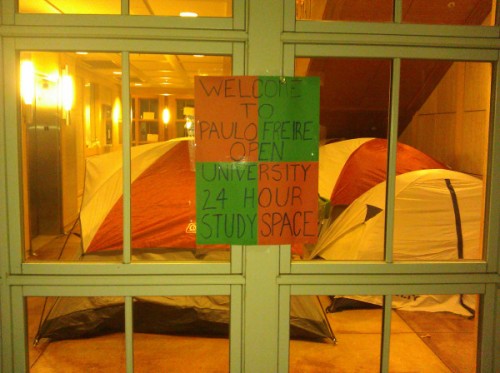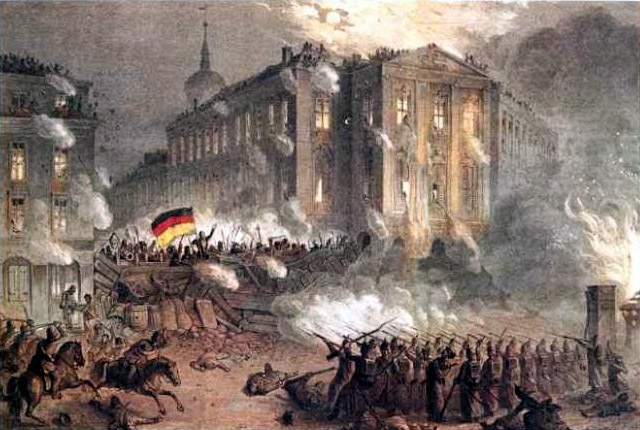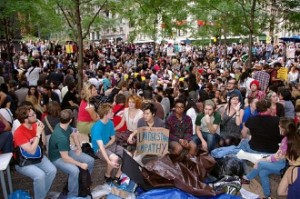 When the occupiers in Zuccotti Park began setting up tents, it was an inherently practical move. After cold, uncomfortable nights on tarps and huddled into sleeping bags (a situation imposed by a no-tent policy in the park, which was eventually not enforced), tents were a welcome way to make an occupied space more of a home, and closer to familiar conceptions of an established community.
When the occupiers in Zuccotti Park began setting up tents, it was an inherently practical move. After cold, uncomfortable nights on tarps and huddled into sleeping bags (a situation imposed by a no-tent policy in the park, which was eventually not enforced), tents were a welcome way to make an occupied space more of a home, and closer to familiar conceptions of an established community.
But we need to understand tents as more than just tents.




